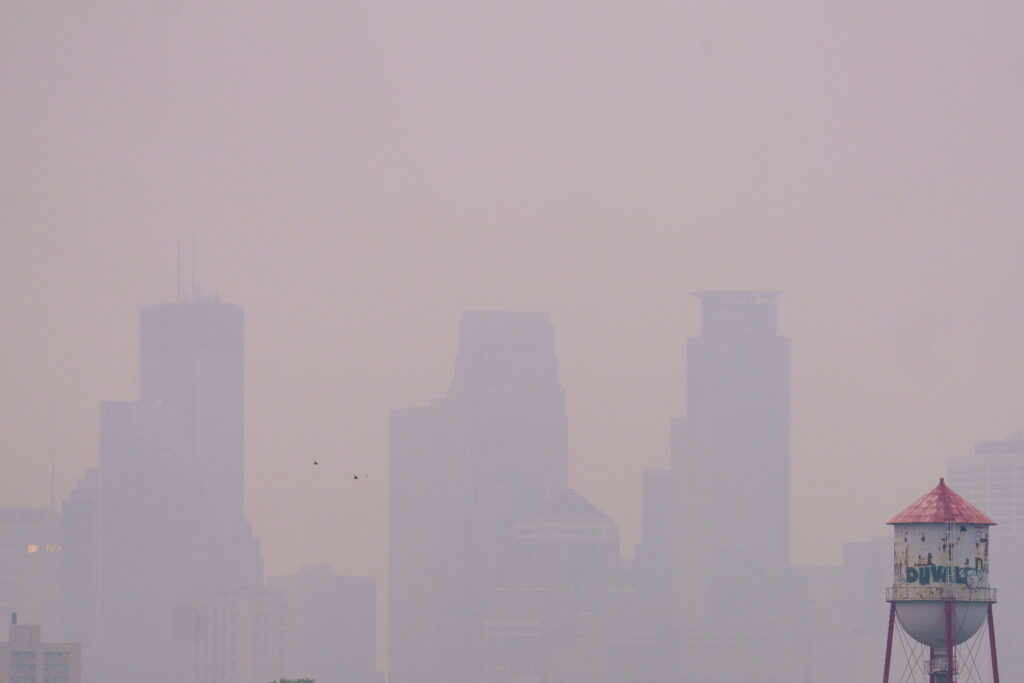Some District commuters face over an hour in some of the worst traffic in the country each workday. Living in the District allows me to take mass transit or bicycle to work in about fifteen minutes. I work 12-hour days, so biking to work is not only more convenient and cheaper than driving, but it also gives me my daily exercise without having to go to the gym after a long day. The Metropolitan Branch Trail is an exceptionally convenient and safe way to get into the city center from my tiny studio apartment.
Last week I saw two bicyclists on the ground downtown surrounded by emergency personnel. Clearly, they had both been hit by cars. From the looks of the cyclists’ equipment and clothing, neither appeared to be prepared for the dangers of riding in the city. Having had several close calls myself, I have no doubt that riding in the city can be dangerous. Coming from someone who has worked in the Bering Sea during Opilio crab season, I think this says a lot.
Bicyclists and motorists need to be more mindful of each other to avoid accidents. Bicyclists should have proper reflectors or lights on their bikes and cyclists should wear bright clothing to catch motorists’ eye. Most importantly, bicyclists should also wear helmets in case there is an accident.
High-end performance helmets can cost over a hundred dollars, but perfectly safe comfortable helmets are available at most bike shops and department stores for about twenty bucks. Used helmets can be found at thrift shops for even less. As such, anyone getting a bike for riding in the District needs to budget something for safety to avoid getting hurt.
Bicyclists also need to be mindful of traffic laws. It is frustrating to be at a stop light and see a rider blow through. I understand that waiting at a light takes away from one of the advantages of riding, which can be faster than driving in traffic. It is certainly faster than walking. Furthermore, getting up to speed from a stop is hard work. Law-abiding bicyclists may in-turn become frustrated when they see pedestrians cross against a light while they sit in an empty intersection.
But this is the legal beat and the law requires both motorists, pedestrians and bicyclists to stop at red lights. District traffic regulations impose a fine of $75.00 for motorists and a $20 fine for pedestrians who ignore stop lights. Bicyclists can be fined $25.00 for disobeying a traffic control device.
If penal laws are meant to encourage safer behavior, then perhaps the D.C. Council needs to consider raising the fines on errant pedestrians and bicyclists to match that of motorists. I haven’t seen too many cars ignoring red lights, so in addition to common sense, fines seem to deter motorists from this unsafe behavior.




